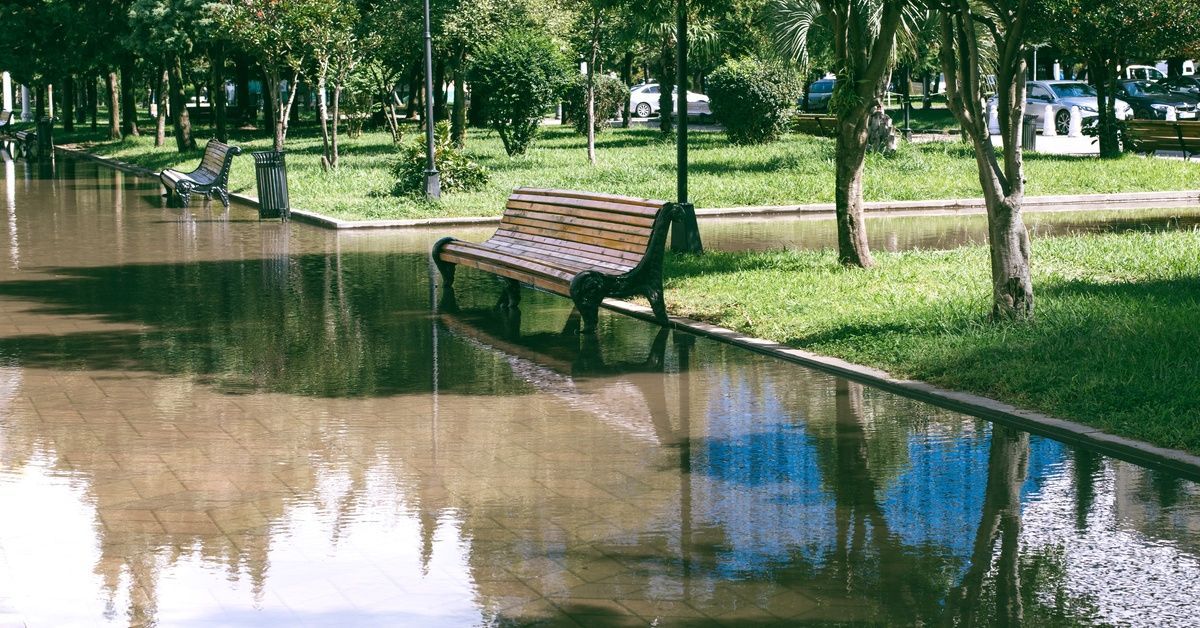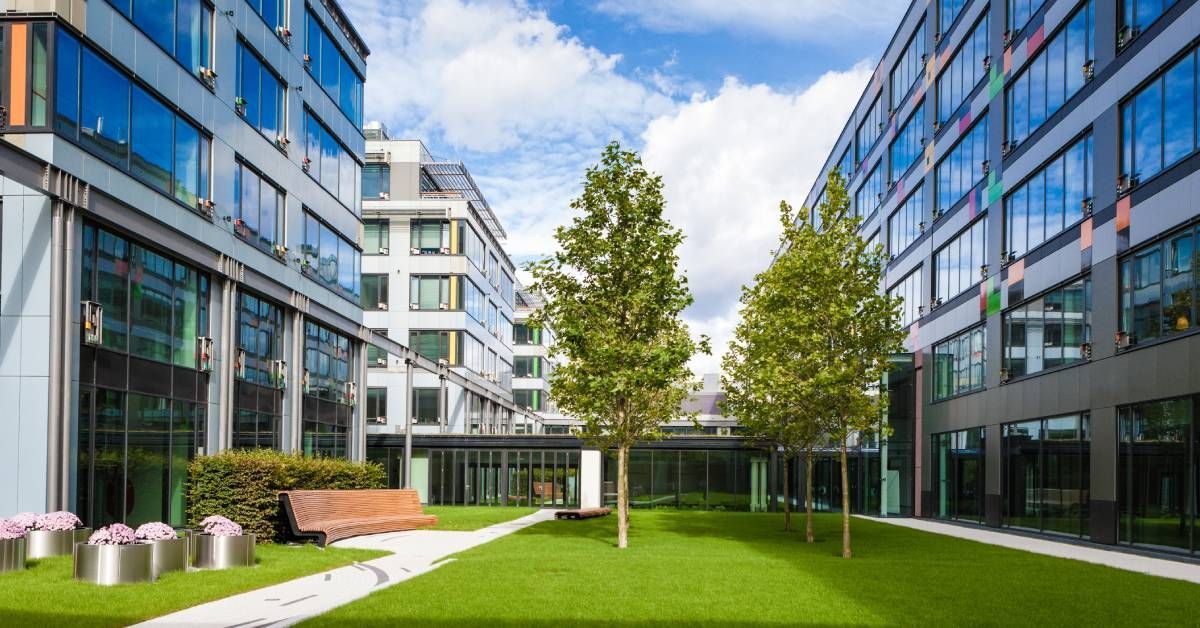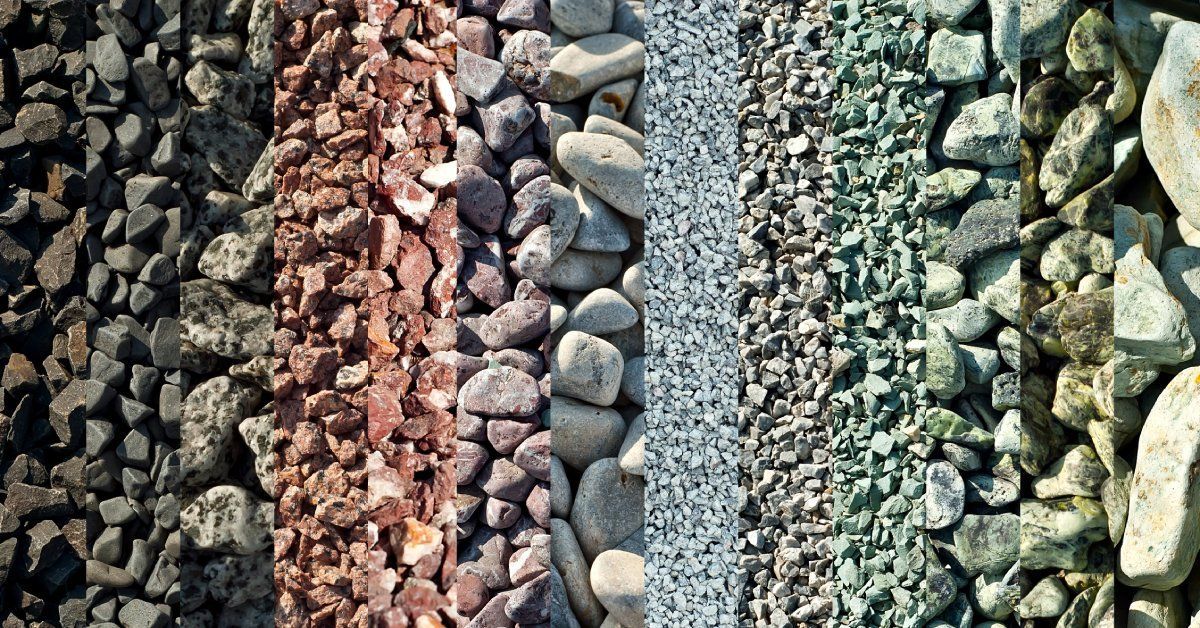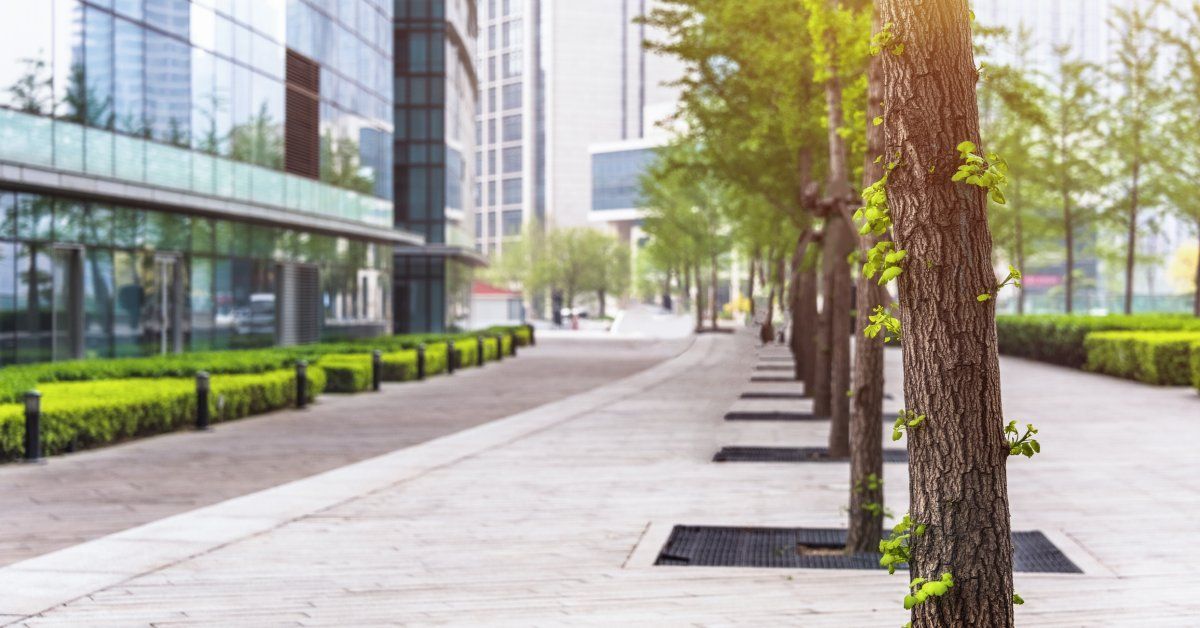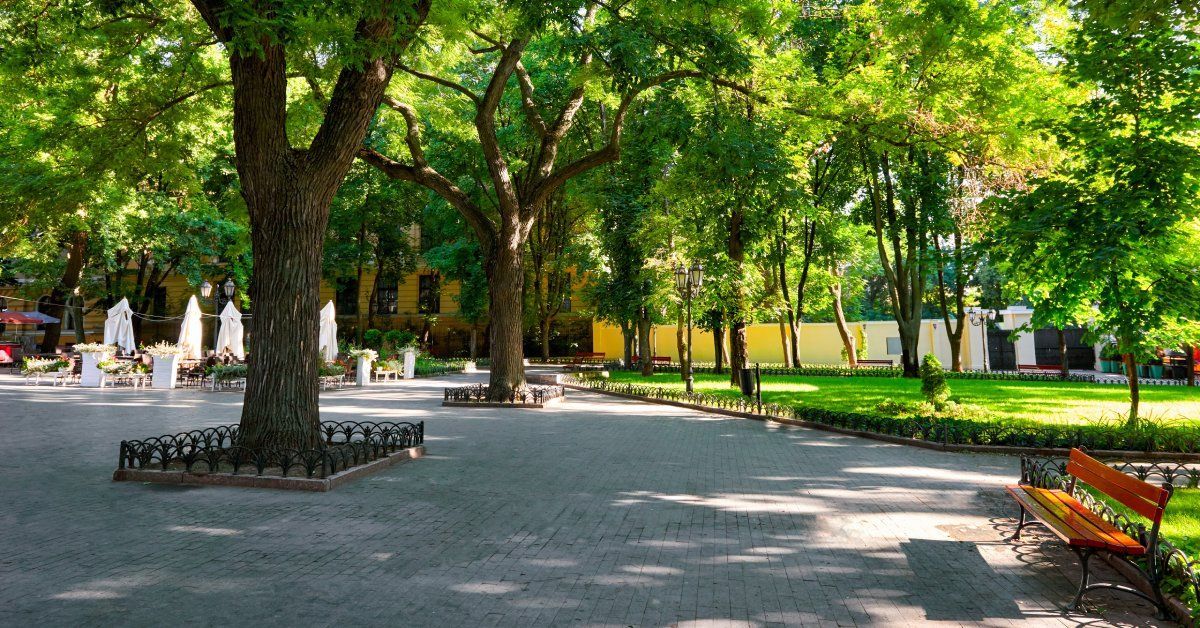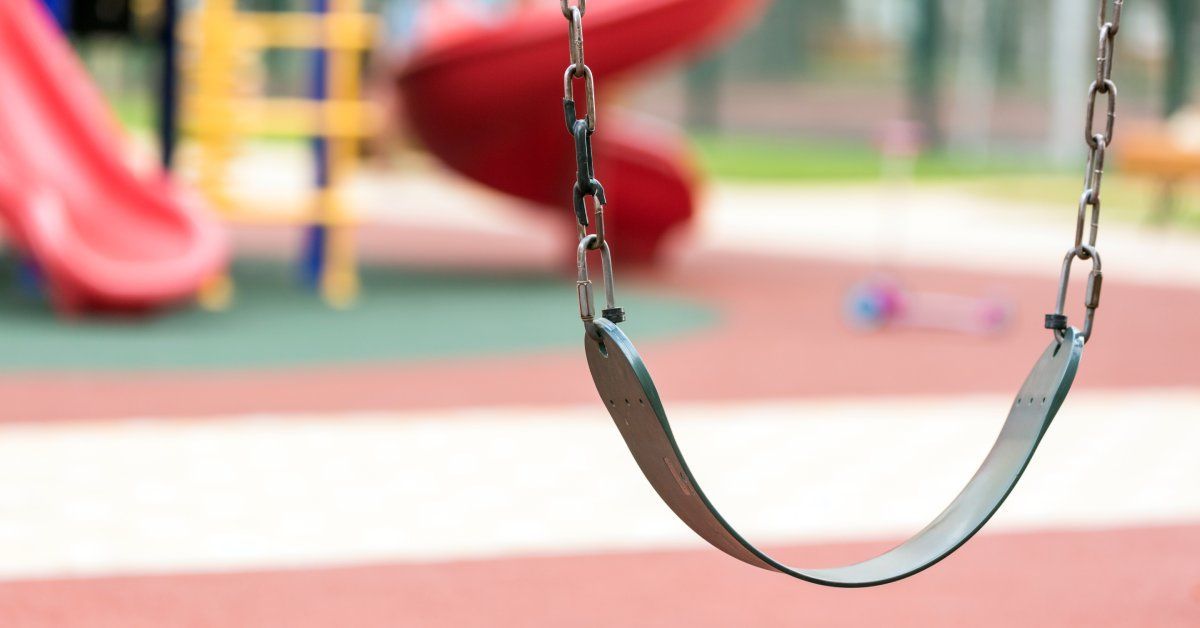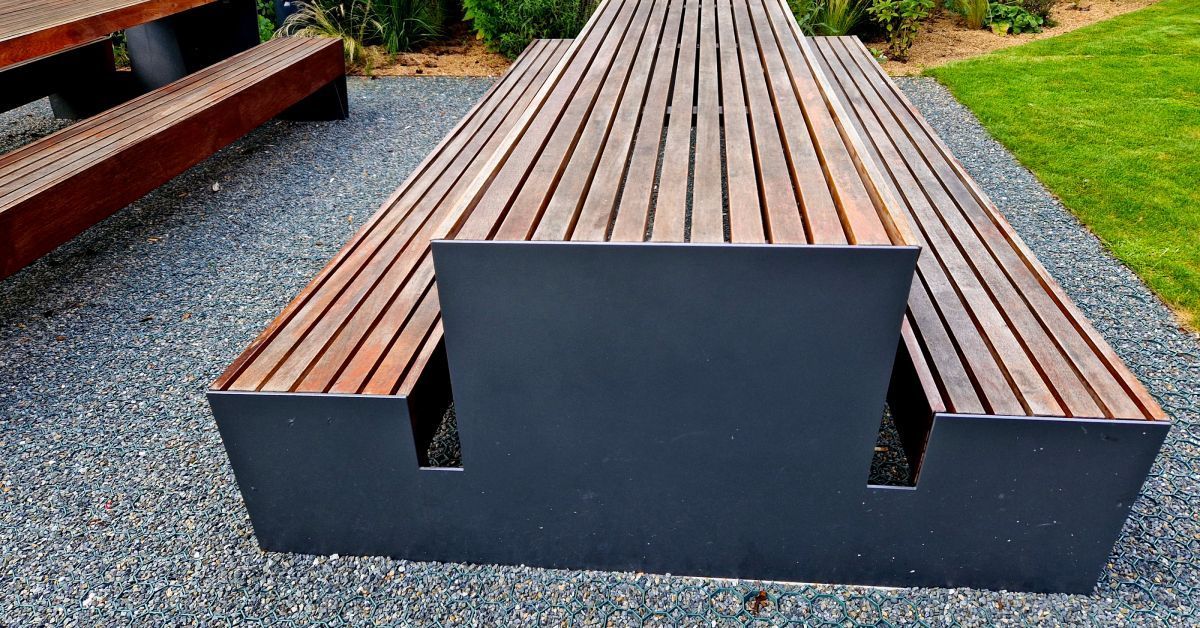5 Compelling Alternatives for Brick Paving
Although brick is a popular paving material, it’s not always the most practical or affordable option. In fact, plenty of paving materials are aesthetically pleasing and provide greater benefits than bricks. Here are five compelling alternatives for brick paving that municipalities or commercial businesses should consider.
Poured Concrete
Concrete is often considered simple and unattractive, but poured concrete can be styled and designed into more attractive patterns or made to mimic other materials while retaining its benefits. While it’s not the most porous material, this material can still provide enough effective pores to drain water from its surface if you limit yourself to four to six-inch slabs.
Mosaic Paving
A very artistically compelling alternative for brick paving is combining old bits of pavers, broken tiles, and glass to create a mosaic. This is a great way to turn a public plaza into a work of art or make business exteriors look more attractive. Mosaic pavers are always a good way to improve the appearance of any location.
High-Porosity Paving
High-porosity paving includes materials like porous asphalt. This is a great option for municipalities to use for parking lots and public streets to manage stormwater effectively. The pavement is just as high quality and durable as normal asphalt, but water won’t need to enter a drain. Instead, the water will drain through the pavement and keep the environment healthy.
High-Density Paving
High-density paving, or commercial permeable paving , is preferred for pathways. These paving materials provide the same benefits as high-porosity paving and look very attractive. These materials can bear heavy loads for extended periods of time and are long-lasting investments compared to bricks.
Gravel
Simple aggregates like gravel are quick, easy, and replaceable paving options for filling spaces. Gravel is a good material for recycling, and old paving materials can be ground into new gravel. Resin-bound gravel makes the ground look more appealing, so don’t think you’re sacrificing aesthetics for practicality.
